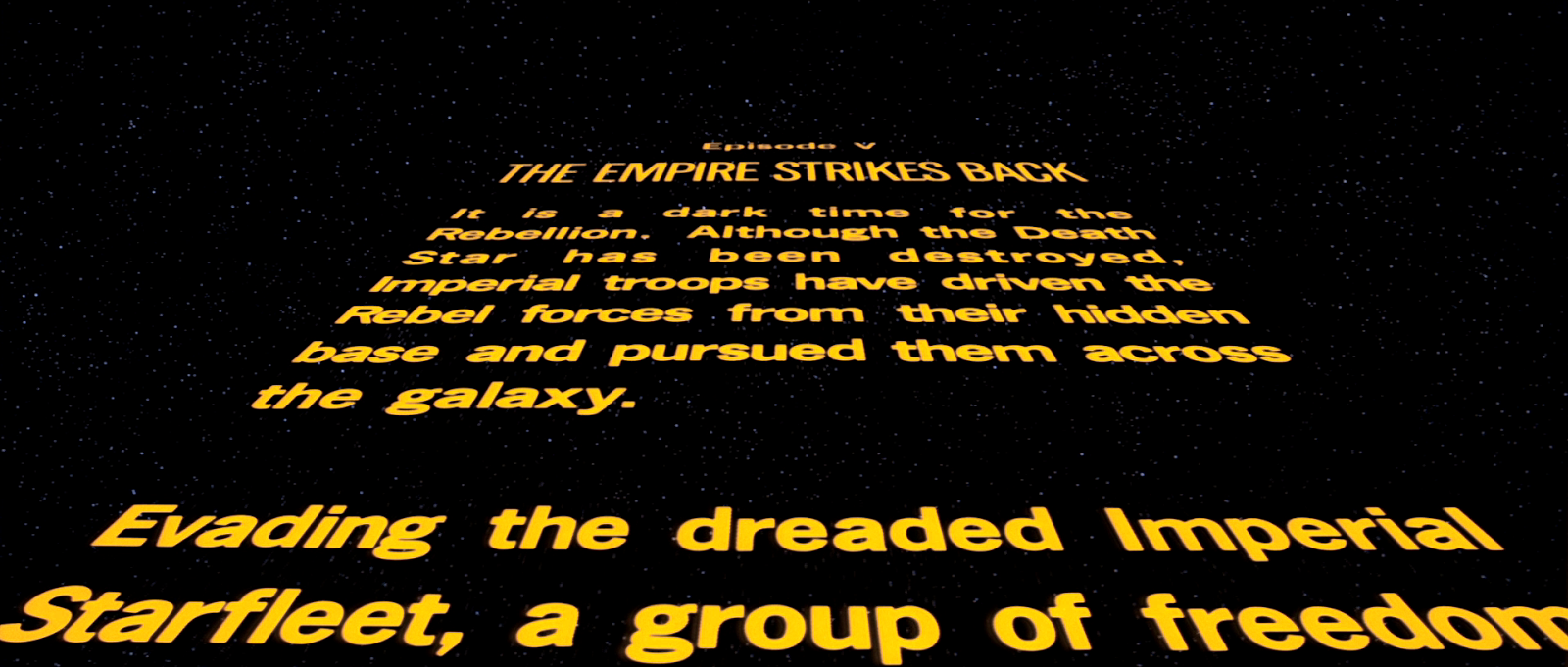Myths
are, among other things, stories based on real life events that are extended,
enlarged, engorged, and riffed on as they are retold…” (Plate, 4). Myths don’t
become myths for no reason. These stories have meanings and lessons that were
relevant thousands of years ago when they were told, and will be relevant even
today and in the future. For this reason, they will be told in many different
forms – as oral stories, movies, television shows, and even in books. However,
through all of this retelling, stories can be lost in translation. The main
events of the story can be changed while the meaning and moral will remain the
same. If a story is retold so many times by so many different people and in all
these different ways, then change will occur. Also, the film industry has used
mythologies in order to create some of the most popular films in history,
including Star Wars, The Matrix, and
many others. These films stand out because of the “ambiguity provided in its
setting” (Plate, 9). In many films, the introduction will start in the sky, and
it will lead to a more realistic and relatable setting. This can be considered
a cosmogony because it deals with the chaos of outer space and the cosmos of
the real world. Films like Star Wars use mythologies to create an entire following, and even though myths
change during their retelling, it is for the better because it makes them more relatable
to society today.

No comments:
Post a Comment